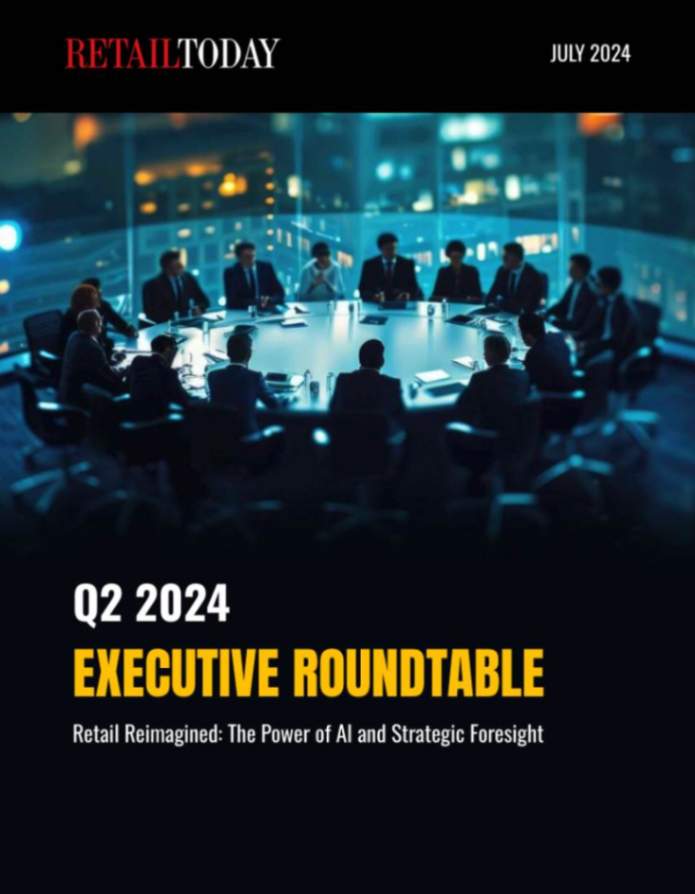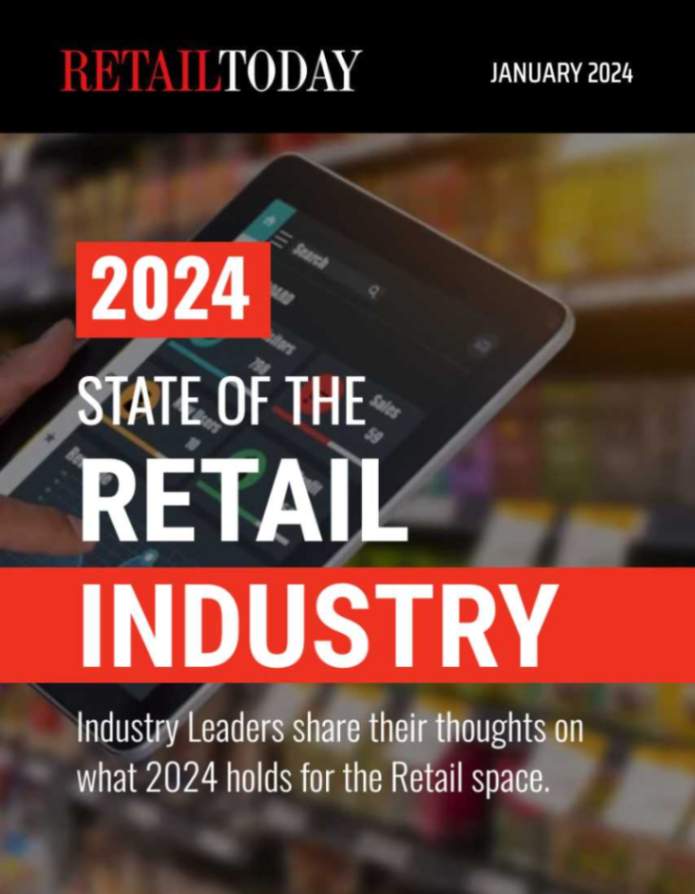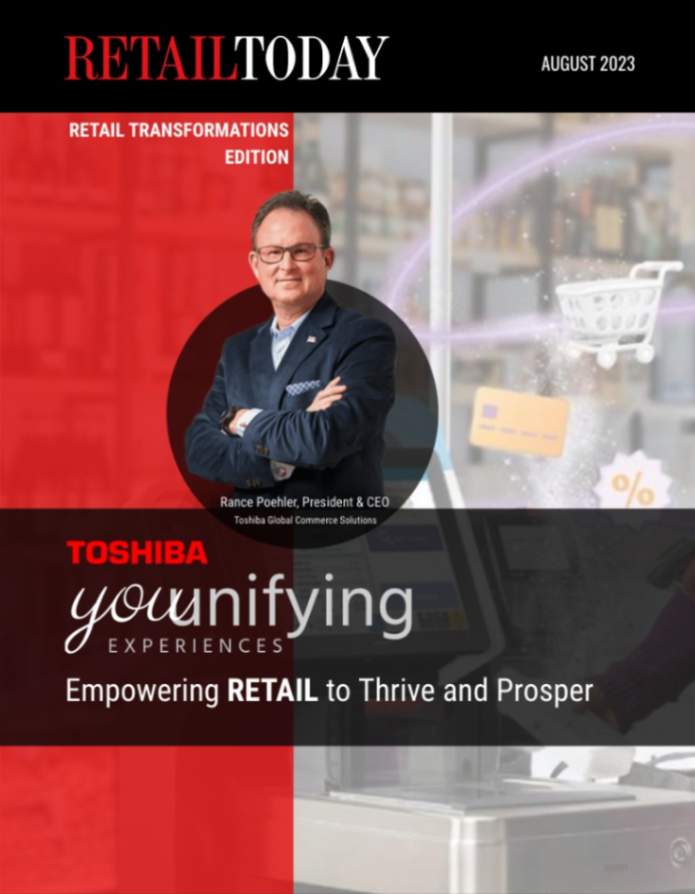
Many retail executives rely on technology in order to scale and remain competitive. But technological innovation itself is moving at such a rapid speed that it’s hard to know where to start or which horse to bet on.
Think of the headless ecommerce revolution in 2013. It emerged from a Forrester Research report that expressed concerns about ecommerce vendors not keeping up with evolving user experience trends. The report suggested the idea of separating the backend and frontend aspects of e–commerce stores, allowing them to be more loosely connected.
As this idea materialized, headless ecommerce platforms began to integrate with a variety of content management systems and other front-end solutions that turned any screen into a virtual storefront.
And while many retail leaders were apprehensive about implementing headless ecommerce, today, over 60% of retailers use it and that number grows every year. It continues to make a tremendous impact on the retail industry, revolutionizing revenue generation, return on investment (ROI), and enhancing customer experiences.
As retail technology continues to evolve at a rapid pace since the onset of Open AI’s ChatGPT, the next natural evolution is headless customer service.
Understanding A Headless Helpdesk
The world has been reliant on helpdesks since 1980, making it the center of the support universe. But with the rise and advancement of automation technologies over the past 6 months, a departure is occurring from a human-first customer support world to an automation-first world.
An automation-first world is where automation is prioritized over help desks, fundamentally changing the way customer service technology and processes have been designed.
Helpdesks now revolve around automation and are no longer the center of customer support. In an automation-first world, a headless architecture stands out and becomes particularly advantageous to retailers.
Just as headless ecommerce turns any screen into a virtual storefront, a headless help desk turns any screen into a virtual assistant.
With a headless helpdesk, companies can design and deliver support services across different channels without being tied to a specific user interface. It enables them to adapt and scale their customer support strategies more efficiently, as they can integrate support features into any desired platform or device.
Operating without a pre-built user interface, a headless helpdesk allows retail brands to integrate customer service solutions and functionalities into their existing systems without requiring access to APIs. Removing this barrier is a game changer for CX leaders that don’t have the engineering resources to update their systems.
Click Once for Customer Service
Headless helpdesks contribute to creating a one-click customer service experience by streamlining and simplifying the customer support process. It does this in 4 ways:
- Headless helpdesks offer seamless integration with various communication channels, enabling customers to seek assistance through their preferred channels with convenience.
- Real-time notifications ensure prompt response times and minimize customer wait times, enhancing the overall service experience.
- Automation and self-service options, such as AI-powered chatbots and knowledge bases, empower customers to find quick answers and resolve issues independently.
- Headless help desks provide omnichannel support, synchronizing interactions and ticket history for a personalized experience and efficient issue resolution.
The Impact on Support Teams and Customers
A headless help desk brings together key functionalities such as multi-channel customer communications, management tools, and other resources – offering a unified interface.
With all systems in one centralized location, agents have convenient access to relevant information and a holistic view of customer interactions. This streamlines operations and improves efficiency, ensuring customers receive the fast responses and resolutions they demand.
In a world where technological innovation is outpacing our imagination for its use, a headless solution gives brands a competitive advantage without disrupting their operations or overhauling their tech stack.
Ted Mico is the co-founder/CEO of Thankful, the leading AI customer service platform. He has been at the forefront of digital disruption for over 25 years, including roles as COO of computer vision innovator at Mirriad and EVP at Interscope where he was part of a four-man team that launched Beats By Dre.







